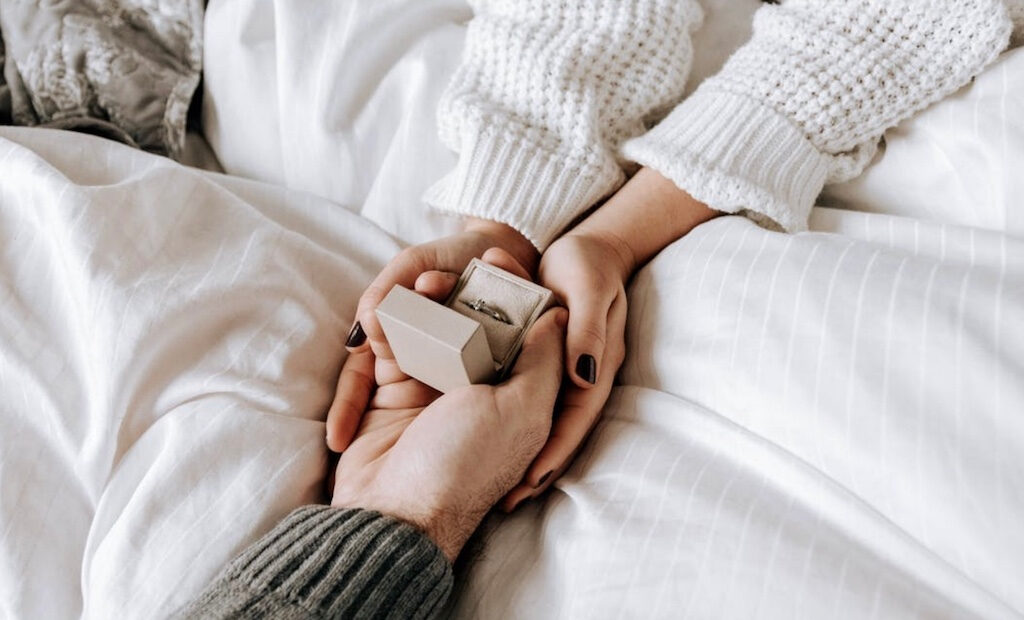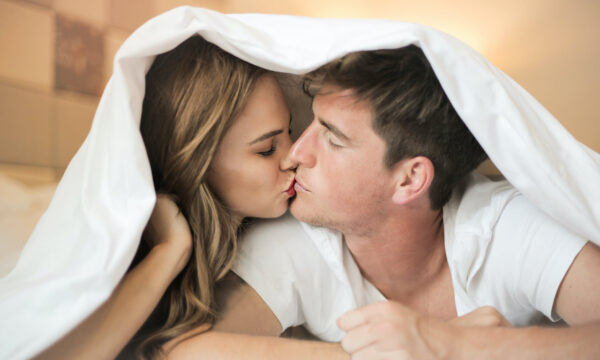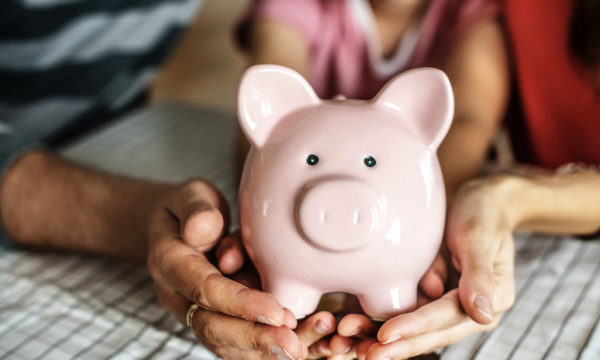How to determine if diamond earrings are real

While the desire to purchase lab diamond earrings might be strong, there exists a risk of encountering deceitful sellers aiming to market entirely different stones, such as Moissanite or cubic zirconia, under the guise of diamonds.
Do a fog test
Here, you need to place the diamond earring in front of your mouth and fog it, as if you were in a mirror. If it remains fogged for more than a few seconds, it’s most likely a fake; a true diamond disperses the heat from your breath instantly and does not fog up.
Even if you wait between fogging and gazing at it, it will clear significantly faster than a fake one.
It can even be better if you can have another stone you know is genuine next to the suspect stone and fog both.
From your test, you will see how the real diamond remains clear while the false one fogs over.
If you breathe on phony diamonds frequently, condensation will begin to form. With each puff, the false stone fogs up further, while the genuine one remains clean and clear.
If you visit a jewellery store and find that the earring you are looking to buy is fogging up easily, you should simply stay away from it as it’s most probably fake.
Check the mount of the earring
There is no company that will put a true diamond in a cheap metal. Most will put it on expensive metals.
You should check the tamps inside the setting. Those indicating true gold or platinum (10K, 14K, 18K, 585, 750, 900, 950, P.T., Plat) are a good sign. However, a “C.Z.” stamp indicates that the center stone is not a genuine diamond. C.Z. stands for cubic zirconia, a type of synthetic diamond, and you should avoid it.
Test the refractivity of the stone
When a diamond sparkles, you are witnessing its ability to bend and refract light. When light reaches the pavilions (the angled surfaces on the diamond’s lower half), it bounces and refracts up through the diamond’s table (the top, flat surface) to reach the naked eye.
Brilliance is used to describe how well a diamond does this and how brightly it glows.
Non-diamond stones, such as cubic zirconia, do not refract light as well. They will exhibit less brilliance, if any at all.
To determine a diamond’s refractivity, you need to undertake these tests:
Newspaper test
Here, you need to gently set the flat side of the stone down on a newspaper page with a lot of text. Ensure the lighting is bright and no items or people throw shadows on the diamond.
If you can read the letters in the newspaper, even if they are a little fuzzy, the diamond is most likely fake. If the diamond is real, its facets will refract light in many directions rather than straight lines.
Because of the refraction of light, you will be unable to see clearly through the diamond and the letters on the paper.
As much as the test is highly effective, it’s more effective with loose diamonds. If the diamond is already in its setting, consider doing the fog test or having it checked by a diamond professional.
The dot test
The dot test is a great alternative if you don’t have a newspaper.
Place a white paper on a flat surface and make a small dot with a pen. Lay the stone on the dot, with the flat side facing down. Look down at the paper from the diamond’s pointed end.
A circular reflection inside a gemstone indicates that it is a fake. If you cannot see a dot or a reflection in the stone, the diamond is genuine, and you shouldn’t hesitate to buy it.
Because a genuine diamond has powerful refractive properties, light will bounce in multiple directions rather than straight lines. This is why you can’t see letters or dots through a genuine diamond.
Weigh the earring
You can differentiate diamonds by weight differences. Since cubic zirconia weighs around 55% more than diamonds of the same shape and size, this comparison requires an extremely sensitive scale to measure the carat or grain level.
The only way to accurately perform this test is to use a known actual diamond of nearly the same size and shape. Without something to compare it against, you’ll have trouble judging if the weight is incorrect.
Ask for a certificate of appraisal
Whatever tests you choose to have performed, the best and most reliable approach to determine whether a diamond is genuine is to examine the paperwork and consult with an appraiser.
Certification and grading ensure that your stone has been “proven” genuine by professionals. Proof is especially vital if you buy a stone online without seeing it beforehand. Ask for a certificate.
You should ask for certification from a reputable organisation such as the Gemological Institute of America (GIA). If there’s a site near you, you can take your diamond to them directly or have a competent jeweler remove it from the setting and transport it to the GIA.
Of course, you want to buy a diamond with an appraisal certificate.
Parting shot
These are some ways to tell whether you are buying a real diamond earring. As much as the tests are highly effective, you should be cautious as you can even get it wrong.
Due to the amount and complexity of synthetic gemstone materials in the market, it’s wise to visit a diamond specialist or jeweller. These professionals are trained to recognise a phony diamond, and they will help you identify one right away.
If you use a diamond specialist to buy a diamond earring, you will never be unsure if it is genuine or not. Any diamond you purchase should come with a real GIA or AGS certificate, and all you have to do is check that the diamond matches the certificate.
The editorial unit


















Facebook
Twitter
Instagram
YouTube
RSS